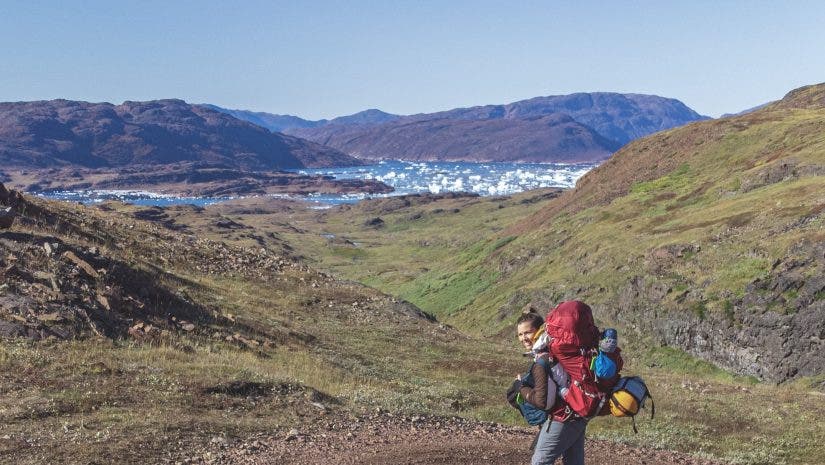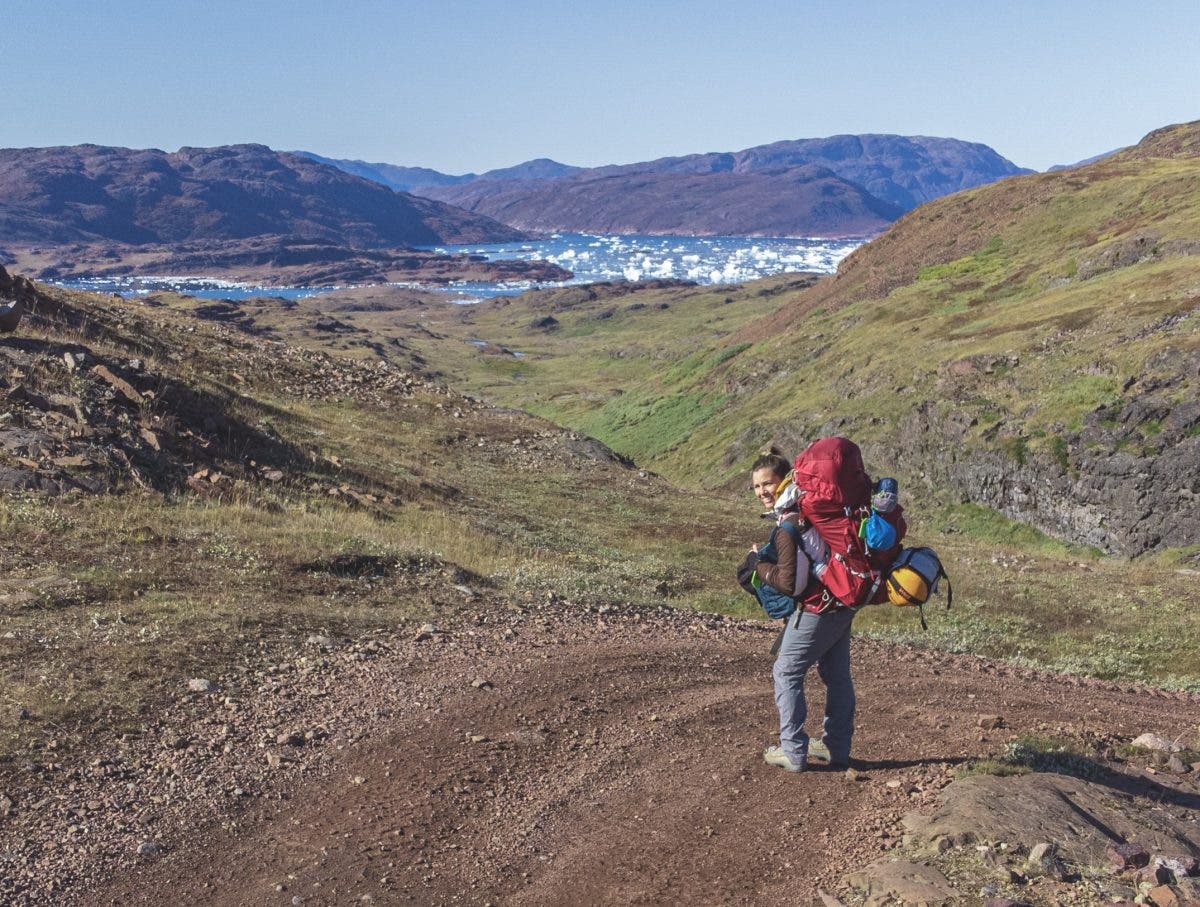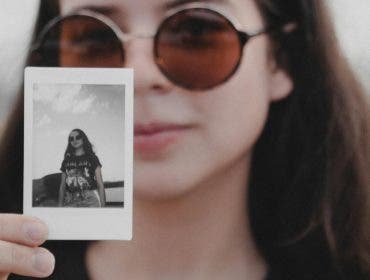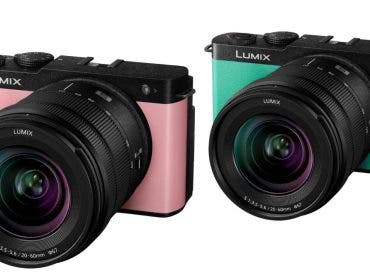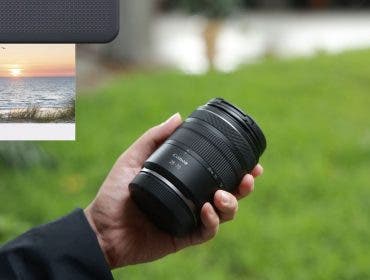Solo travel is spiking in popularity, with Pinterest searches for the topic spiking by 145 percent this year. As a full-time travel writer and photographer, I’m often part of the “party of one” club myself, and I can’t recommend solo jet-setting enough—particularly for photographers.
Traveling solo as a photographer grants you the ultimate creative freedom. You can wake up as early as you like, stay up photographing the stars without any complaints, and map your own itinerary and route, with no pressure to meet anyone else’s expectations.
Chasing your own curiosities, or wandering by the direction of your photographic eye, is such a treat. It’s why I plan at least a few solo travel photography trips every year. But, like anything, it does come with its own set of challenges.
In this article, I’ll help you understand how to travel solo as a photographer, including how to plan that first trip, how to make a living off of it, how to fuel your creativity on the road, and great destinations for solo travel creators.
How get started as a solo travel photographer
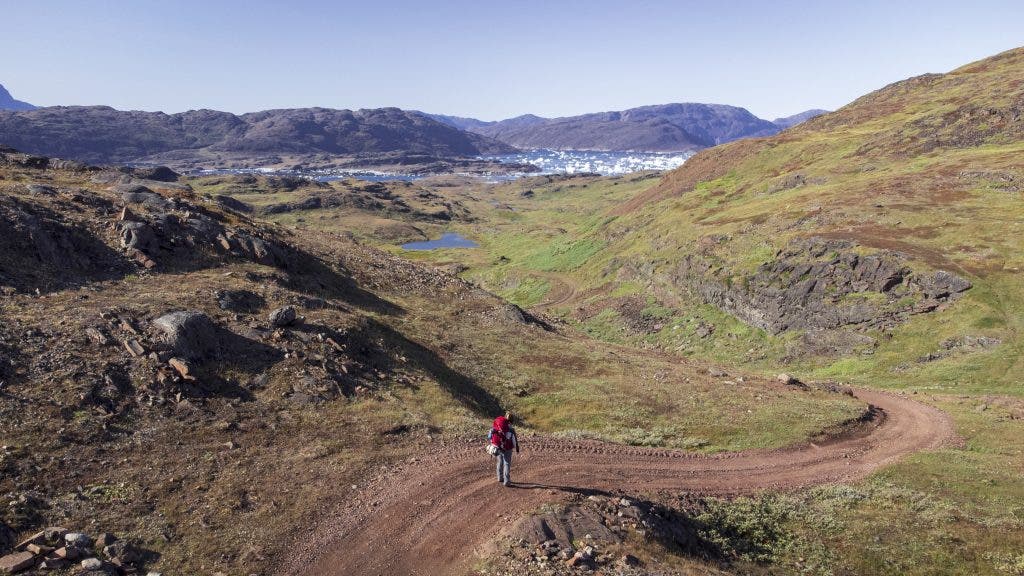
Plan your trip
The easiest way to become a solo travel photographer is to, well, travel alone and take photos! Start with an easy and comfortable destination, such as a country you’ve visited before, or a fresh destination in your home country (it’s less stressful if you’re around people who speak the same language).
Instead of simply arriving and hoping the photos will find you, do some pre-trip research to help plot your itinerary. While you should build in some fun, remember, you’re here to photograph, so deep dive into locations you want to capture (specifically by time of day), and consider the type of photography you’re hoping to focus on.
If you want landscape visuals, choose a jaw-dropping destination to have the pick of the litter. If you’re more into journalistic imagery, try to find a unique story within the destination and reach out to people you may want to interview and photograph ahead of time.
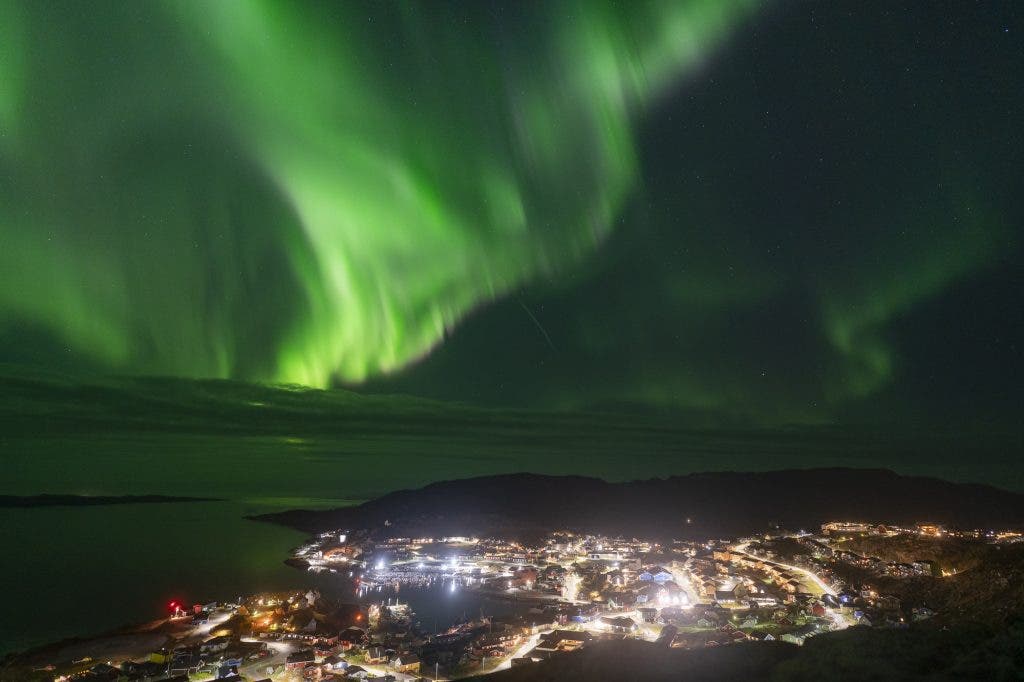
Once you have the project in mind, and a trip built to support it, create a shot list to make sure you photograph everything you’re seeking. This will help you determine the timing for your photo stops and the logistics—are you getting there by rental car? Public transportation? Mapping these key details ahead of time will save you stress in the moment.
Pack strategically
Unfortunately, traveling as a solo photographer means you’re carrying all your own gear. That’s why I try to pack light whenever possible—especially because my trips often have me backpacking or hiking for miles upon miles. Use your shot list to consider which lenses you need and don’t need.
If you’re mostly road-tripping and have a safe place to store bigger lenses when not in use, great—bring all you want. If you’re carrying your kit on your back the entire time, get very honest with yourself about what you actually need.
I’m often photographing the night sky or northern lights on my solo trips; that means that, in addition to my cameras and lenses, I always bring at least one full tripod, plus a smaller Joby GorillaPod. Let me tell you: this gets heavy. That’s why I build resistance training, core strengthening, and weight lifting into my weekly workout routine. I would not have been able to, say, lug an over 50-pound pack for five undulating miles in rugged and mountainous South Greenland without strength training, so I highly recommend picking up strategic exercise if you’re planning backcountry pursuits.
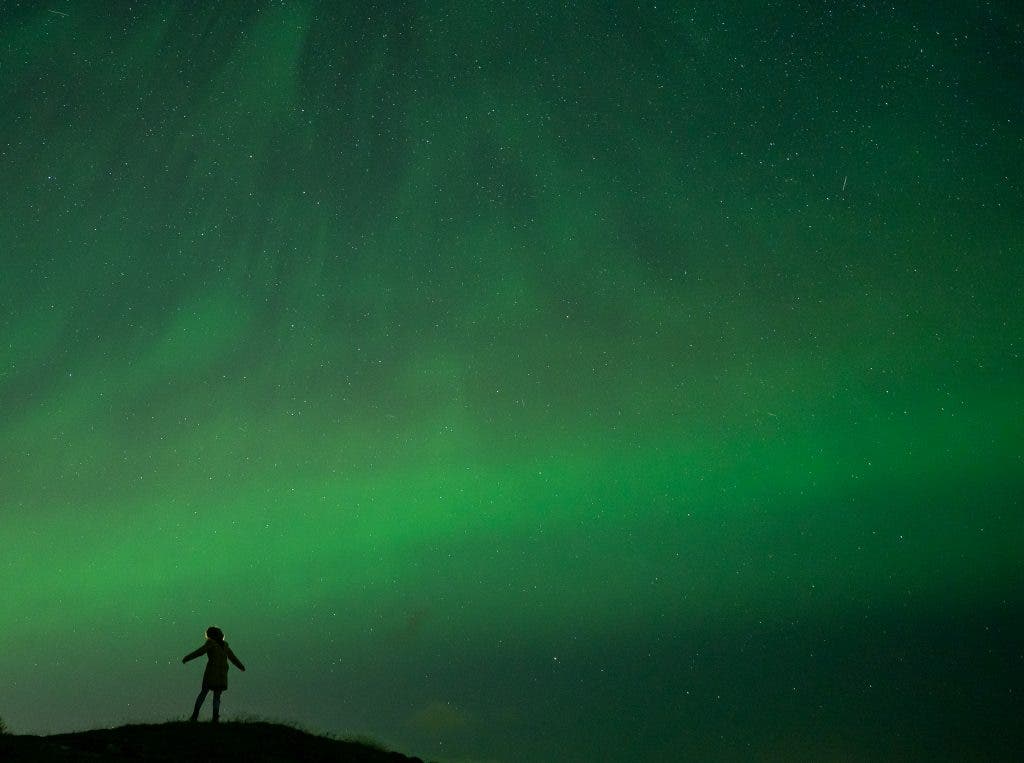
Another important thing to consider is your backpack. I’ve research countless packs to meet my outdoor adventure storytelling needs, and finally landed on one that works exceptionally well for solo travel photography: the Shimoda Explore V2. It’s built for long days on the go, with an easy-to-access back panel for stashing cameras, as well as a handy iPhone holder on the shoulder strap so I can quickly alternate between photographing and checking my Google Maps.
Follow your creativity
Arguably the greatest thing about traveling solo as a photographer is having the flexibility to chase and log your curiosities. Yes, follow your shot list and make sure to prioritize the must-have shots—the images your trip won’t be complete without—but also build in a few days of buffer, particularly in scenic places, to let yourself find creative stimulation.
This summer, for example, I took my film camera on a trip to Paris and gave myself the challenge of spending the entire day wandering side streets to fill a new film roll. It not only presented me an entirely new side of Paris, but I felt this renewed sense of creativity—like I was seeing the world differently—and I think letting yourself experiment without judgment (especially on film) can help you hone your craft as a whole.
Sell your work

Like photography, travel is not a low-cost hobby. If you hope to keep solo traveling as a photographer, you’ll likely want to find a way to sell your images. For that, you have a few options.
First, you could sell prints from your trips either online or at an art show. If you’re selling them online, having a social media presence, or some SEO savvy, could greatly help your cause. If you’re hoping to sell your work at an art show, do some research on home design to see which types of prints are selling well right now and tailor your work accordingly. (This doesn’t mean that’s all you photograph—you can still get creative—but to make money, you have to think like businessperson and create the kind of work that sells.)
Alternatively, you could try to sell your work to magazines or digital publications. This is how I often make money off of my images. I’m a travel journalist, so I take my cameras on every trip to capture visuals that help bring the story to life. This way, I can make a living off of storytelling by selling both my words and my photo work, and even sometimes films. You could also work to gain a following and go the content creator route—although note that it does take time and patience—or try to sell your imagery to tourism boards or brands.
My favorite solo photography gear
Of course, the gear you bring on your trips will depend on the system you’ve invested in—I’m a Sony Alpha user, for example—but I do have some general advice when it comes to solo travel photography gear.
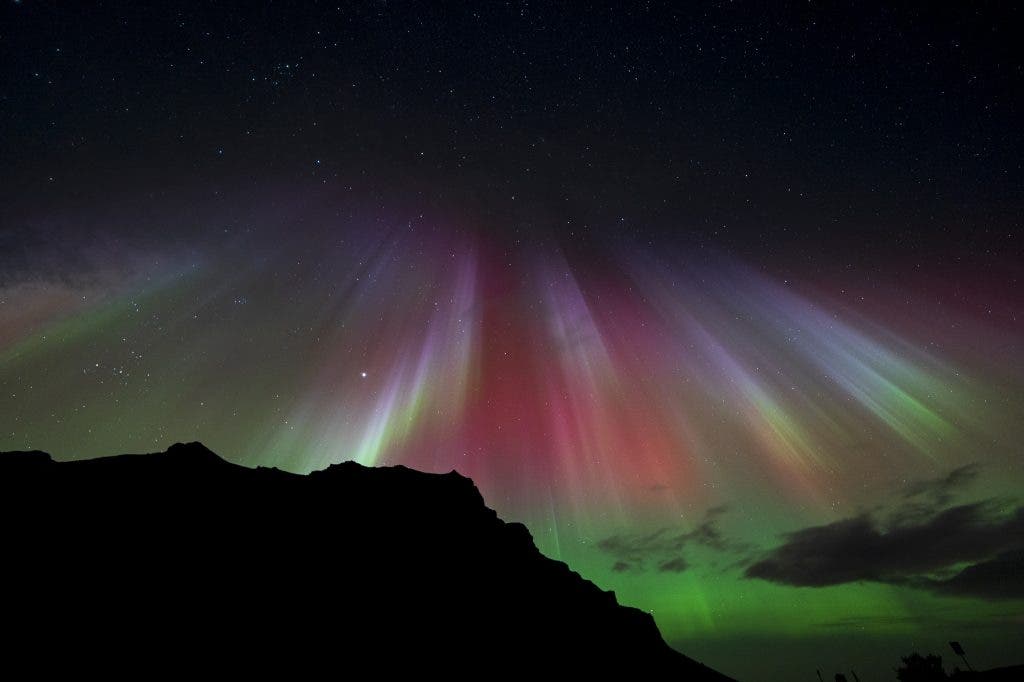
- Go mirrorless: Mirrorless cameras are typically lighter than DSLRs. That makes them easier to lug around, especially if you’re bringing more than one.
- Choose your pack wisely: As I mentioned, I swear by Shimoda, but even if you go with a different pack, look for something that provides security and easy access. If you’re traveling on your own, it’s up to you to keep your gear safe—and you don’t want to be fumbling around to try to find a specific lens or filter.
- Power bank: When I’m solo traveling, I use my phone’s maps more often because I’m in charge of getting from points A to B. That means I go through my phone battery way more quickly than I typically do. So, pack a portable charger (and make sure it’s charged) to avoid getting lost.
- Extra of everything: Pack extra memory cards, extra batteries—all the small things you can’t borrow from a travel partner. I always bring several extra memory cards, and at least two extra batteries, to be safe.
Ready for more advice on making your solo travel photography dreams happen? Read our latest piece on how to best prepare for your next photography trip.
